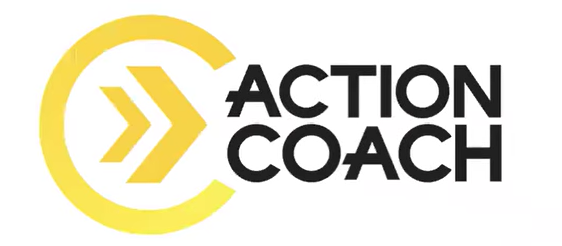HOW TO USE YOUR SWOT TO BUILD AN INNOVATION CULTURE
From Chaos to Clarity: Use SWOT to Align and Lead Your Business
When your company is doing your annual plan, doing a SWOT is a key step to make sure you focused on the right initiatives and have things prioritized properly so your people are working on the right stuff. A SWOT is a deep dive for both your business and your industry, so you are posed to lead change rather than being subject to it.
SWOT stands for:
- Strengths and Weaknesses – These are internal to your business. What are you really good at that you can exploit, and where are your gaps or things that cause you to be in damage control or fire-fighting mode?
- Opportunities and Threats – These are external to your business but impact the industry. Some things can be both an opportunity and a threat, depending on your perspective and resources.
SWOTs are an often blown-off but incredibly powerful tool to build an innovation culture. Why an innovation culture? Because businesses who innovate, drive change, rather than being on the receiving end of it. When you drive change:
- your people are excited rather than stressed
- you get to define what “right” looks like
- you get to define pricing
- as an organization you’ll find you are much more energized and focused on what could be, rather than falling prey to the daily grind or angst about the future.
Do your SWOT for every stakeholder in your business:
- your business
- your customers or clients
- your suppliers and vendors
- your communities that you serve
- and maybe most importantly, your team.
This is a LOT of people and situations to get your head around! If you’re not sure how any of these groups would answer, ask them! People are happy to share their experiences and recommendations. By asking well, you’ll build deeper, important relationships that will serve you for the long term.











